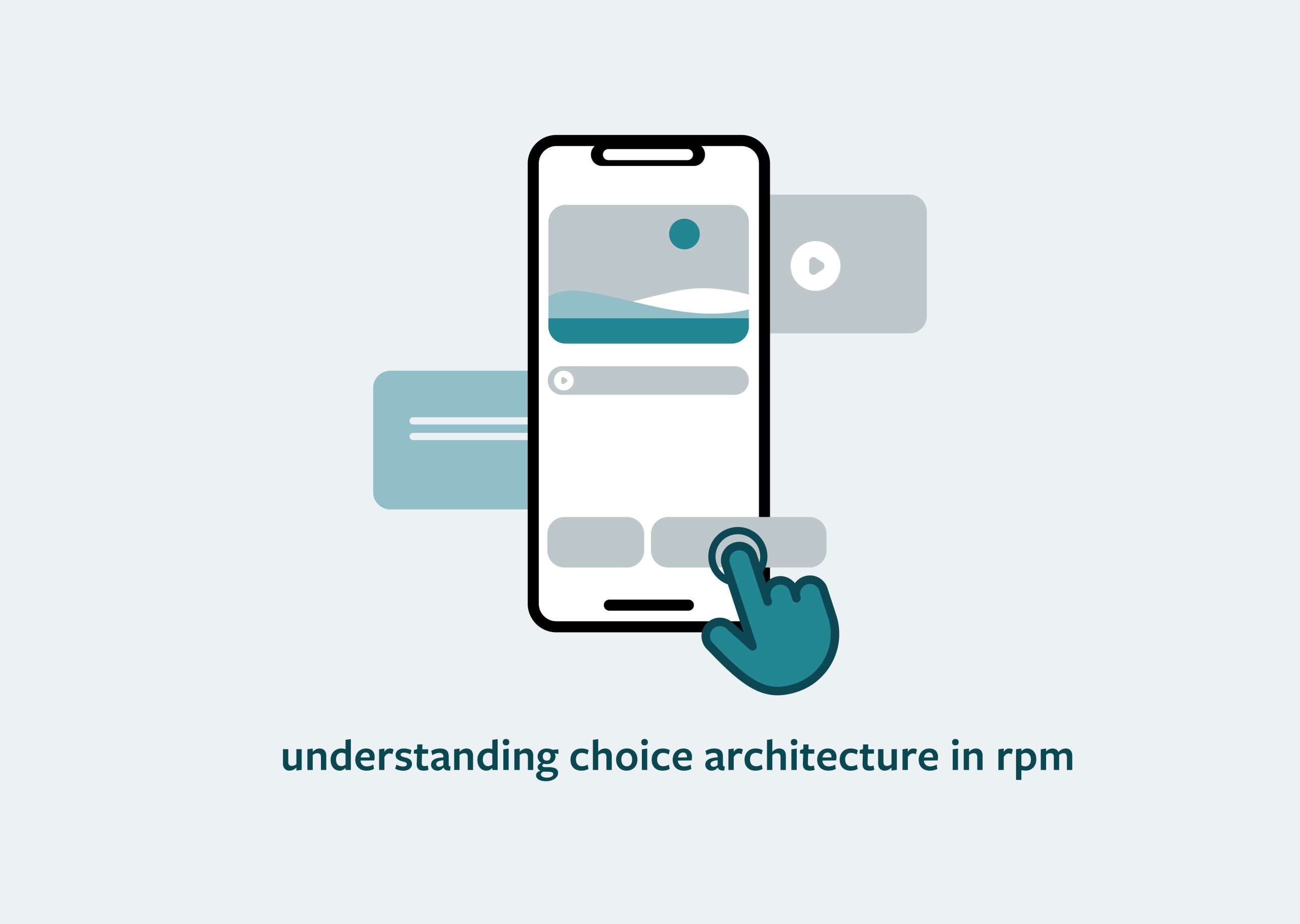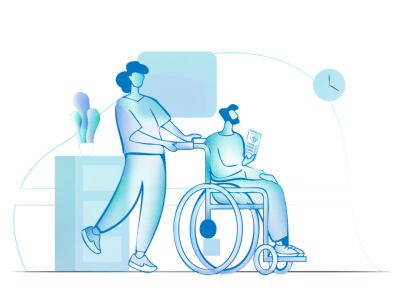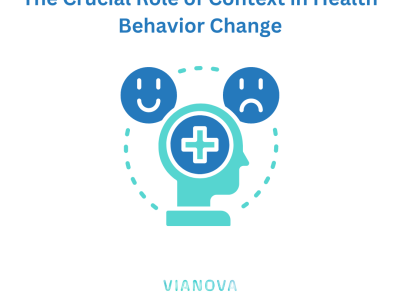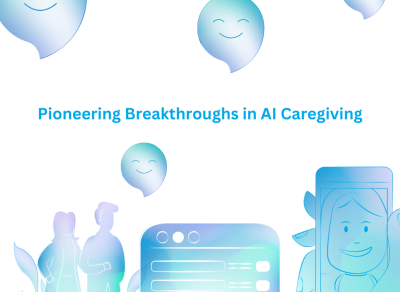
Choice Architecture in Remote Cardiology Monitoring
In the realm of healthcare, one thing is abundantly clear: choices matter. Patients are confronted with a multitude of decisions, from treatment options to lifestyle changes, all of which have a profound impact on their cardiac health. Remote Patient Monitoring (RPM) plays a vital role in guiding these decisions. However, understanding the principles of choice architecture can significantly enhance the effectiveness of RPM programs and ultimately promote better heart health.
What is Choice Architecture?
Choice architecture is a concept rooted in behavioral economics. It recognizes that the way choices are presented or “architected” can influence decision-making. In essence, it involves designing environments and systems that guide individuals towards making choices that align with their best interests. In the context of remote cardiology monitoring, choice architecture can be a powerful tool for healthcare providers.
The Importance of Choice in RPM
Choice is a fundamental aspect of remote cardiology monitoring. Patients make choices every day related to their diet, physical activity, medication adherence, and engagement with their monitoring devices. By applying choice architecture principles, healthcare providers can structure these choices to encourage healthier decisions.
Leveraging Defaults
Defaults play a significant role in choice architecture. Setting default options that nudge patients towards healthier choices can be highly effective. For instance, in an RPM system, the default measurement setting could be configured to remind patients to take their daily blood pressure readings, nudging them to stay on top of their health.
Reducing Friction
Choice architecture can also focus on minimizing friction associated with healthy choices. Healthcare providers can streamline processes for patients, making it easier for them to adhere to their monitoring routines. Simplifying data entry, scheduling, and communication can all reduce friction and improve adherence.
Enhancing Visibility
Visibility of health data is another critical aspect of choice architecture. Patients are more likely to engage with their cardiac health when they can easily access and interpret their data. User-friendly interfaces and dashboards can make a significant difference.
Defaulting to Healthier Options
In dietary choices, for example, RPM platforms can be designed to encourage the selection of heart-healthy recipes by default. This encourages patients to choose healthier meals while still offering the freedom to make alternative selections.
Structuring Choices for Medication Adherence
Medication adherence is a critical aspect of cardiology care. Choice architecture can guide patients towards timely and accurate medication intake by simplifying pill organization and packaging, or by providing clear, step-by-step instructions.
Choice Architecture as a Nudge
Choice architecture, when effectively applied, acts as a “nudge” that encourages patients to make healthier choices without infringing upon their autonomy. By strategically designing the options available within an RPM program, healthcare providers can help patients improve their cardiac health.
As we continue to explore the intersection of behavioral economics and cardiology, we’ll delve deeper into how these principles can be applied to empower patients in making healthier choices. Stay tuned for more insights into the dynamic world of choice architecture and its impact on remote cardiology monitoring.



FEEL FREE TO DROP US A LINE.